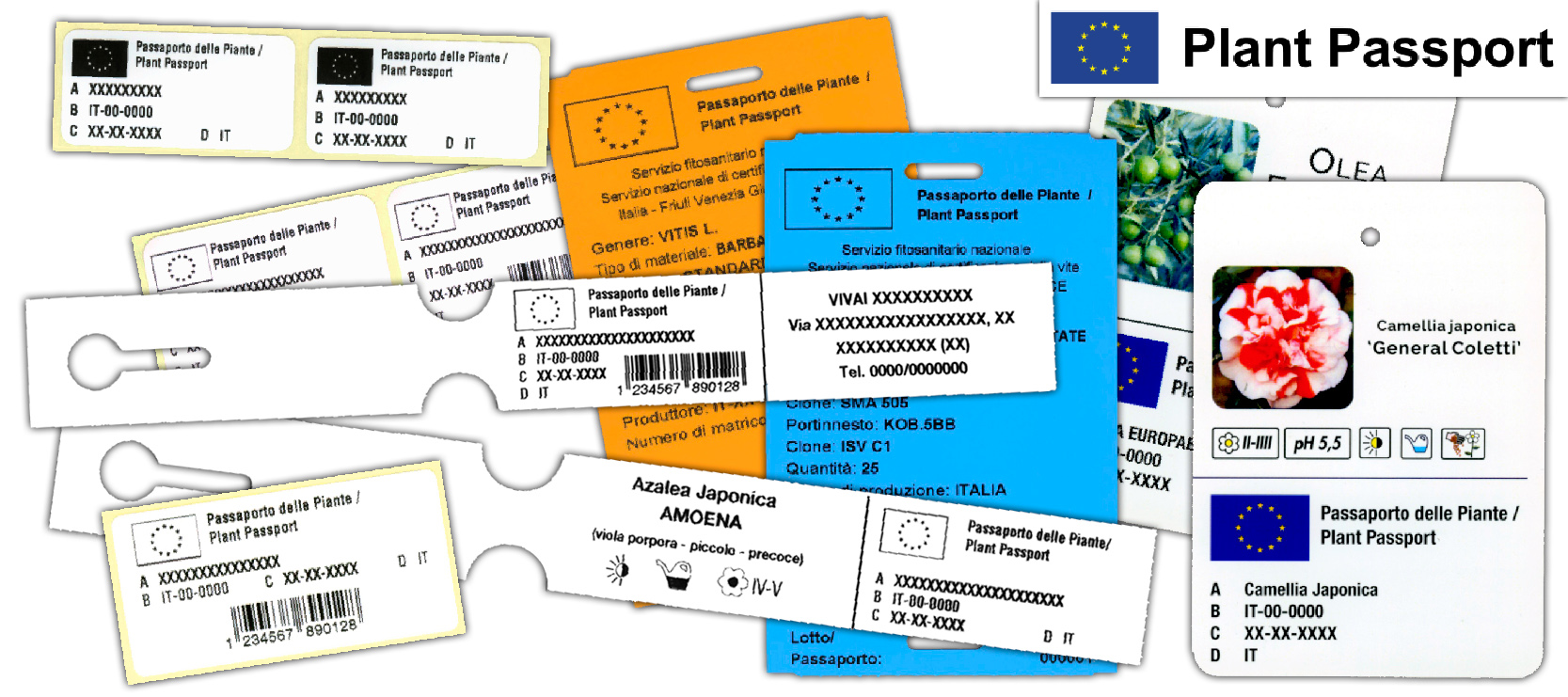The new EU plant passport - what you need to know
On 14 December 2019, two new EU regulations will come into force that are of major importance to our customers. One is the Plant Health Regulation EU 2016/2031, the other is the Control Regulation EU 2017/625, which makes "Plants for Planting" subject to labelling. A plant passport must then be issued for each plant and affixed to the goods. The plant health regulation EU 2016/2031 renews the EU regulations on plant protection from 1977.
Reasons for the plant passport
With the new plant passport, the EU wants to harmonise the procedures and requirements for controls that serve food safety as well as plant health and veterinary checks. Common standards for controls and more accurate traceability of products will better protect EU countries from the introduction and spread of harmful organisms.
For whom is the plant passport important?
Any company or business dealing with "plants for planting" will have to comply with the new regulations in the future, throughout the whole chain of trade up to the final distributor. However, the plant passport is only required for B2B transactions. It is not needed when selling to end consumers for their own use, unless the plants are sold at a distance, i.e. by mail order, in online shops or by post.
What information belongs on the EC plant passport?
The Regulation requires various elements to be indicated on the plant passport. At the top left, the EU flag must be printed in black and white or in colour, to the right the word "Plant Passport" in an official language and in an English translation ("Plant Passport") if the official language is not English.
This is followed by the botanical name of the plant under the letter "A", either below or next to each other, the country code of the Member State and the registration number of the company under "B", the plant traceability code under "C" and finally the country code of the country of origin under "D" and the name of the third country, if applicable.
Finally, the traceability code can be extended to include machine-readable barcodes, Data Matrix and QR codes or RFID chips. When plants are moved into protected areas, the words "plant passport - protected area" and scientific names or quarantine pest codes must also be indicated for the protected areas concerned.
Additional rules for the EU plant passport
In addition to the content requirements, the EC plant passport must fulfil other formal conditions. These are
- the attachment directly to the respective smallest trading unit, for example a pot or a tray
- good visibility and legibility of information
- permanent and unchangeable properties
- Clear separation of other information about the product
- square or rectangular shape of the text field for the mandatory fields
We inform you in detail and supply the appropriate labels.
If you as a company are affected by the regulations, you should plan the appropriate steps in good time. However, there is an extension of the deadline for plant passports issued under the old Regulation and before 14 December 2019. These are still valid until 14 December 2023.
The felga team will be happy to advise you in detail on this subject and will, of course, also provide you with the appropriate labels in the form of loop labels, stick-on labels, adhesive labels or picture labels for optimum labelling. Simply contact us before you place your order with us.